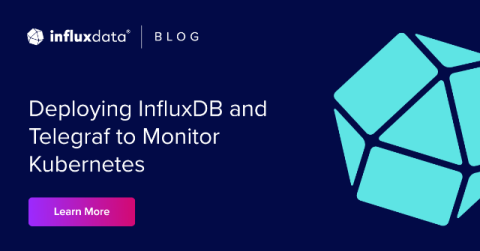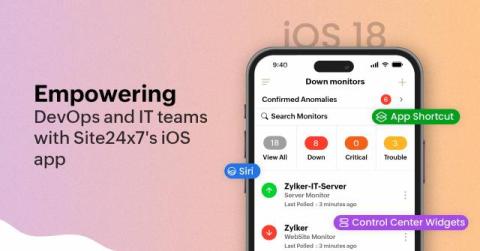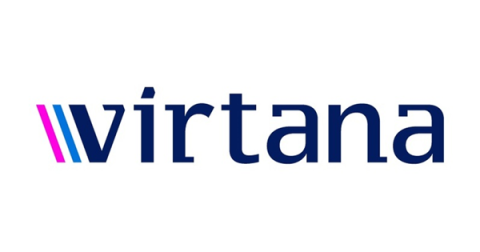Deploying InfluxDB and Telegraf to Monitor Kubernetes
I run a small Kubernetes cluster at home, which I originally set up as somewhere to experiment. Because it started as a playground, I never bothered to set up monitoring. However, as time passed, I’ve ended up dropping more production-esque workloads onto it, so I decided I should probably put some observability in place. Not having visibility into the cluster was actually a little odd, considering that even my fish tank can page me.











